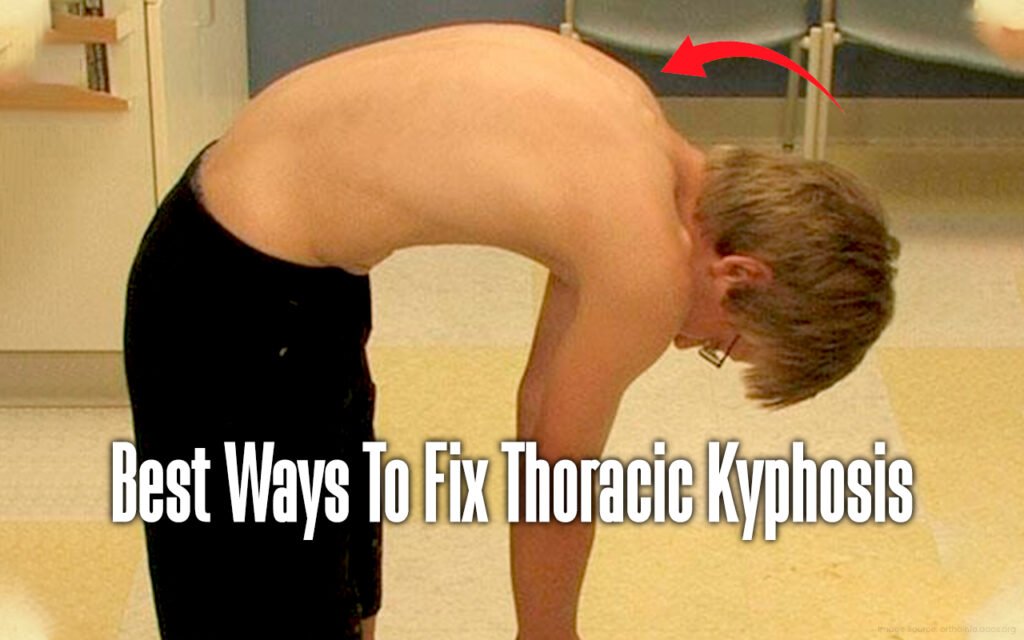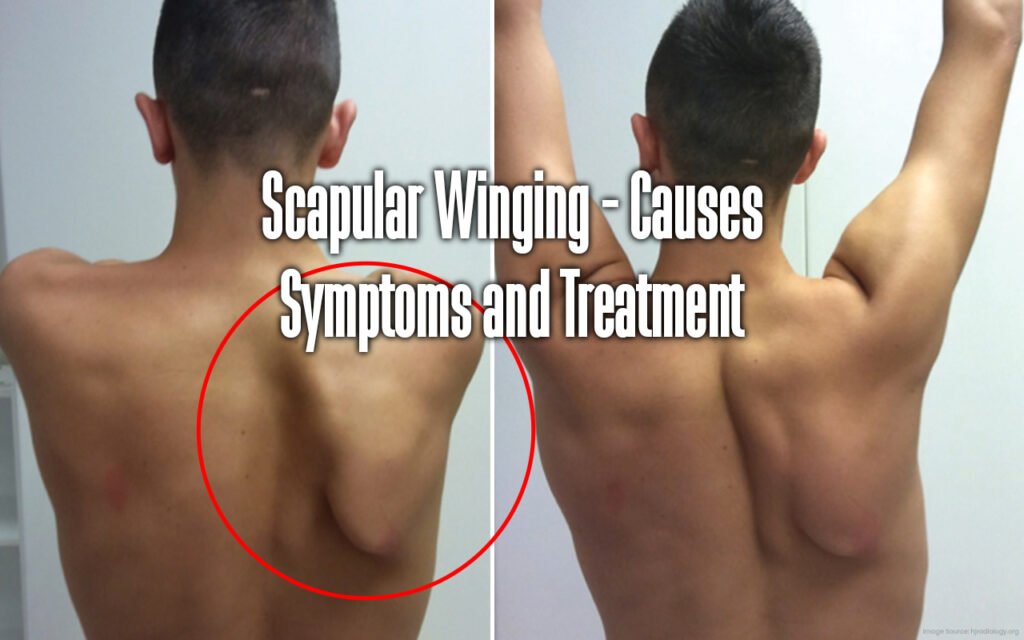[Updated on 1 May 2023] Your lower back is curved inward to a small degree, with your spine sloping like an “S” form. When your lumbar spine has an excessive arch, it becomes a dangerous condition known as hyperlordosis. Have you noticed that your lower back’s arch forces your tummy to protrude forward? If you don’t already suffer from back pain, it might cause it to you in the future. A person with an exaggerated inward curve in their lower spine would have an outward bend in the upper spine, causing their shoulders to hunch forward and the chest to collapse inward. Hyperlordosis must be addressed if you want to avoid back discomfort and obtain good posture and skeletal alignment. Fortunately, it is a correctable disease that may be treated by adopting healthy habits and exercises. Continue reading to know more about the causes of hyperlordosis, how to identify it,…
Say Good Bye To Text Neck Posture With These Effective Exercises
[Updated on 1 April 2023] In today’s technology-driven world, many of us spend long hours staring at screens, be it a computer, a tablet, or a smartphone. This extended screen time can take a toll on our physical health, particularly our posture. “Text neck” is a term used to describe the forward head posture and rounded shoulders that can result from constantly looking down at a screen. This condition can cause neck pain and headaches and even contribute to long-term spinal problems. However, the good news is that text neck posture can be corrected with the right adjustments and exercises. In this article, we’ll discuss some effective strategies for fixing text neck posture and reducing its negative effects on our health. What Is Text Neck Syndrome? Your muscles may have to work hard if you frequently look down at your phone or computer for hours because, depending on the angle,…
Best Ways To Fix Thoracic Kyphosis
[Updated on 1 May 2023] Thoracic Kyphosis, commonly known as Hunchback Posture, is a condition that affects spine alignment, causing a rounded upper back, forward head posture, and increased pressure on the neck and shoulders. This condition can result from poor posture, prolonged sitting, or a sedentary lifestyle, leading to discomfort and potential health problems. However, the good news is that thoracic kyphosis can be corrected through a series of exercises, stretches, and lifestyle modifications. In this article, we’ll explore various ways to fix thoracic kyphosis and improve your overall posture and health. Whether you’re experiencing discomfort or simply want to improve your posture, these tips will help you achieve a healthier, more balanced body. Causes Of Thoracic Kyphosis Here are the common causes of Thoracic Kyphosis: Aging: As we age, the spinal discs between our vertebrae lose water content and elasticity, leading to a loss of height in the spine…
Scapular Winging – Causes Symptoms and Treatment
Scapular winging, also known as scapular dyskinesis, is a condition in which the shoulder blade (scapula) protrudes or sticks out from the back. This can result from muscle imbalances, poor posture, or nerve damage. It can cause pain and decreased range of motion in the shoulder and may lead to more severe problems if left untreated. Causes of Scapular Winging One common cause of Scapular winging is muscle imbalances, particularly weak serratus anterior muscles and tight pectoral muscles. The serratus anterior is a muscle that helps to stabilize the scapula, while the pectoral muscles, located in the chest, can cause the scapula to wing out if they are tight. Poor posture, such as hunching or slouching over, can also contribute to Scapular winging. When the shoulders are rounded or hunched forward, it can cause the scapula to protrude outward. Nerve damage, such as from a pinched nerve or nerve impingement,…
How to Stretch the Sternocleidomastoid
Do you experience neck discomfort at your job and you wake up with a stiff or painful neck and you experience neck tightness and strain every night, preventing you from sleeping? If you say “yes” to any of these questions, you may benefit from stretching your Sternocleidomastoid, a significant neck muscle prone to strain and tension. People who suffer from neck tension, headaches, pain, or stiffness often have trigger points. If you don’t work to alleviate the tension in your Sternocleidomastoid muscle, your neck problems will only worsen. Furthermore, a tight Sternocleidomastoid can weaken your posture and make you develop a forward head posture. Continue reading if this describes you and you want to understand how to stretch this muscle to enhance your mobility and correct your head posture. What is the Sternocleidomastoid? The Sternocleidomastoid is a muscle on both sides of the neck that aids in virtually all neck…






